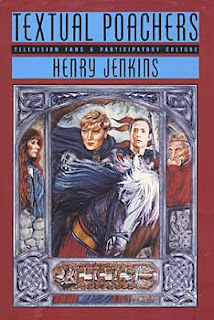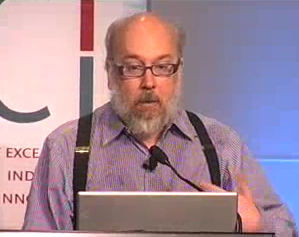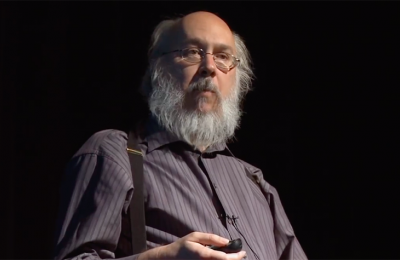
Henry Jenkins, Convergence Culture: Where Old and New Media Collide. “Fandom … is born of a balance between fascination and frustration: if media content didn’t fascinate us, there would be no desire to engage with it but if it didn’t frustrate us on some level, there would be no drive to rewrite or remake it.” Science Fiction Audiences: Watching Doctor Who and Star Trek, Routledge 1995 It is, however, no substitute for other forms of media criticism and activism.”

“ Resistant reading is an important survival skill in a hostile atmosphere where most of us can do little to alter social conditions and where many of the important stories that matter to us can’t be told on network television.

In the age of satellite television, Jenkins’ identifies fan readers as “both drifters and poachers, always moving across and between texts, delightedly creating new intertextual connections and juxapositions” (Mark Duffet, Understanding Fandom, 2013: 67) One becomes a “fan” not by being a regular viewer of a particular program but by translating that viewing into some kind of cultural activity, by sharing feelings and thoughts about program content with friends, by joining a “community” of other fans who share common interests.” (Fans, Bloggers, Gamers, 2006: 41) “This ability to transform personal reaction into social interaction, spectatorial culture into participatory culture, is one of the central characteristics of fandom.

“Fandom here becomes a participatory culture which transforms the experience of media consumption into the production of new texts, indeed of a new culture and a new community.” ( Textual Poachers, 1992: 46)


 0 kommentar(er)
0 kommentar(er)
